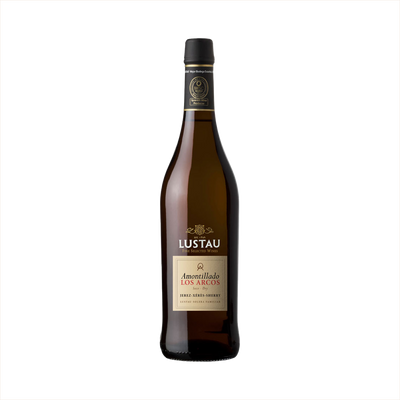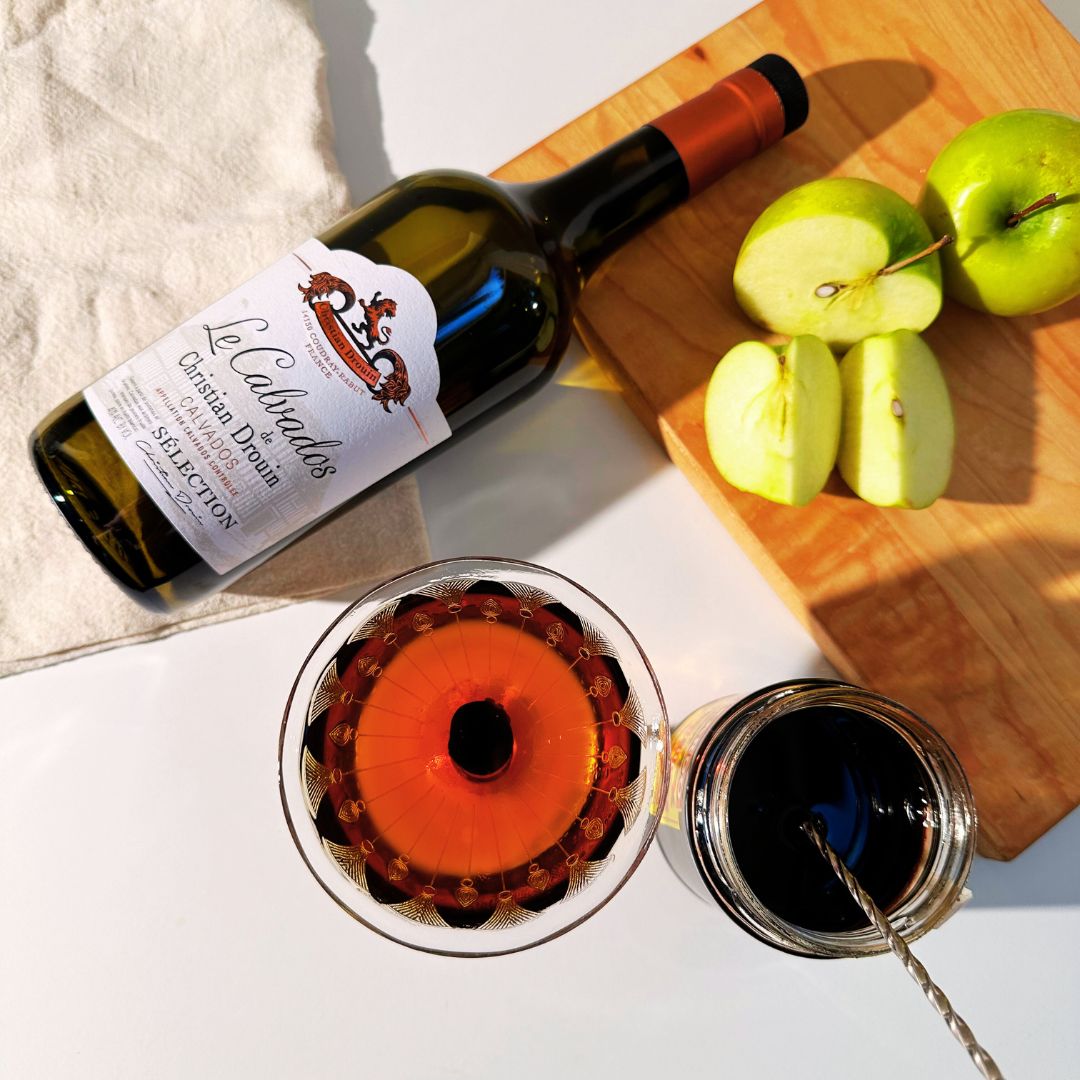Amontillado Sherry
What is Amontillado Sherry?
Amontillado is a distinctive style of Sherry that starts life under flor yeast like a Fino, then loses its protective flor layer and continues aging through oxidative contact with air. This dual aging process creates a wine with remarkable complexity—it retains the fresh, saline qualities from its flor period while developing the rich, nutty characteristics that come from oxidation. The result is a golden-amber wine that bridges the gap between the pale, crisp Finos and the dark, concentrated Olorosos, offering notes of almonds, hazelnuts, and dried fruits with a distinctive dry finish.
Learn More About Amontillado Sherry
What makes Amontillado Sherry unique?
Amontillado Sherry stands apart as the chameleon of the sherry family, beginning its life under flor yeast like a delicate Fino but losing that protective layer partway through aging to develop the rich, oxidative characteristics of an Oloroso. This dual personality creates a wine that's both fresh and nutty, with the elegant salinity of biological aging married to the deep amber color and concentrated flavors that come from direct contact with air. While other sherries follow a single path from start to finish, Amontillado gets the best of both worlds, making it the most complex and food-friendly style in the entire sherry spectrum.
How is Amontillado Sherry made?
Amontillado begins life as a Fino, aging under a protective layer of flor yeast that prevents oxidation and gives it that characteristic crisp, saline character. After several years, the flor begins to weaken and eventually dies off, exposing the wine to controlled oxidation that develops those rich, nutty flavors and deeper amber color. This dual aging process—first biological under flor, then oxidative without it—creates Amontillado's distinctive personality that bridges the gap between light Fino and rich Oloroso styles.
How do you drink Amontillado Sherry?
Amontillado sherry shines brightest when served neat at cellar temperature (around 55-60°F) in a small copa or white wine glass, allowing its nutty, oxidative complexity to unfold naturally. While you can certainly sip it on the rocks if you prefer, this medium-dry style rarely appears in cocktails since its delicate flavors get lost among other ingredients. This makes it perfect for quiet contemplative moments, pre-dinner aperitifs, or paired with aged cheeses and nuts during cooler months when its rich, amber warmth feels most appropriate.
How do I choose good Amontillado Sherry?
Look for amontillado that strikes a balance between the bright, saline qualities of fino and the nutty richness of oloroso—a good bottle will show both characteristics without one overpowering the other. For sipping neat, seek out aged expressions from respected bodegas like Lustau or González Byass that display complexity and depth. When mixing cocktails, lighter amontillados work beautifully in drinks where you want the sherry's unique character to shine through, while richer, more oxidized styles can stand up to bold ingredients like dark spirits and intense bitters.
Nutritional Information
Typical Calorie Range per Ounce: 32-40 calories
Typical Carbohydrate Range per Ounce: 1.5-3.5 grams
Typical Sugar Range per Ounce: 1-3 grams
Typically Gluten Free: Yes
Note: While Amontillado sherry is typically gluten-free as it's made from grapes, always check the specific product label and manufacturer information to confirm gluten-free status, especially if you have celiac disease or severe gluten sensitivity.
Scrolled this far? Your reward? Amontillado Sherry Trivia!
- Amontillado gets its name from the town of Montilla, but here's the twist – most Amontillado sherry isn't made there anymore. The style became so popular in Jerez that producers there adopted the name for their own oxidized sherries. It's like calling sparkling wine "Champagne" – the name stuck even though the location changed. Real Montilla wines still exist, but they're a completely different category with their own protected designation.
- The famous Edgar Allan Poe story "The Cask of Amontillado" likely features a wine that doesn't actually exist. Poe describes a pipe (large barrel) of Amontillado, but authentic Amontillado develops through biological aging in smaller barrels where the flor yeast can properly form and later die off. A full pipe would never develop the delicate oxidative character that makes Amontillado special. Poe was probably just using the fanciest Spanish wine name he knew.
- Amontillado sherries are the only wines that literally eat themselves to become better. They start under a protective layer of flor yeast that prevents oxidation, but then the yeast mysteriously dies off on its own, leaving the wine exposed to air. This biological suicide creates the perfect conditions for controlled oxidation that gives Amontillado its distinctive nutty, caramelized flavors. No human intervention required – just patient waiting.
- Master blenders can identify different Amontillado soleras by smell alone, even when they're stored in identical barrels in the same bodega. Each solera system develops its own microbial fingerprint over decades, creating subtle aromatic differences that trained noses can detect instantly. Some veteran catadores claim they can even identify which specific row of barrels a sample came from, making them human GPS systems for sherry.
- Amontillado sherry can legally be bottled at different ages from the same solera system and taste completely different. Since solera aging involves fractional blending where older wine is constantly mixed with newer additions, a bottle labeled "12 years" might contain wine that's actually 50+ years old, while another from the same system could be mostly younger wine. The age statement reflects average age, but the actual liquid inside is a time-traveling blend that can surprise even experienced tasters.
Higher-proof spirits can be intense. Mix carefully, taste thoughtfully, and enjoy responsibly.
Gift message (optional)



